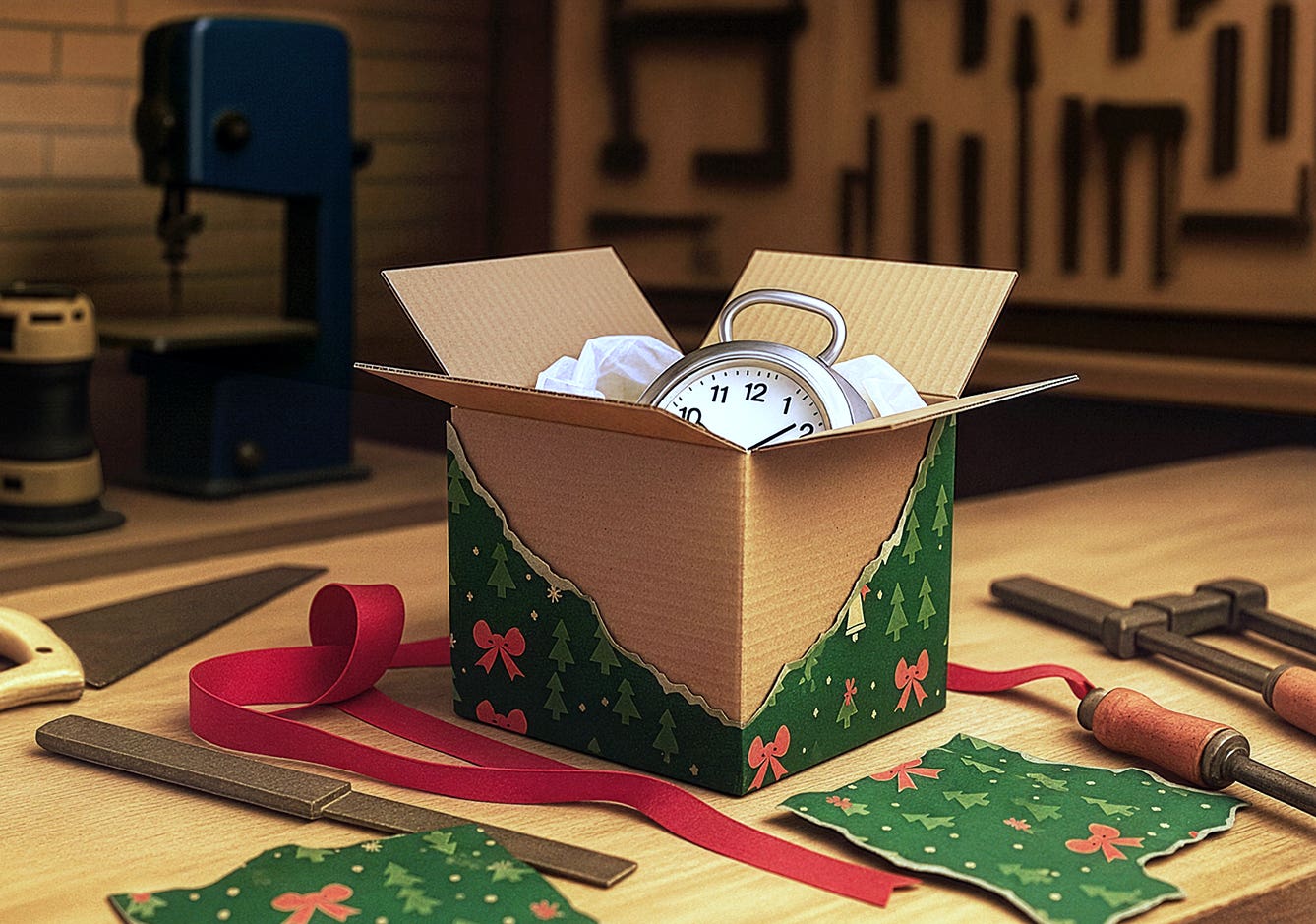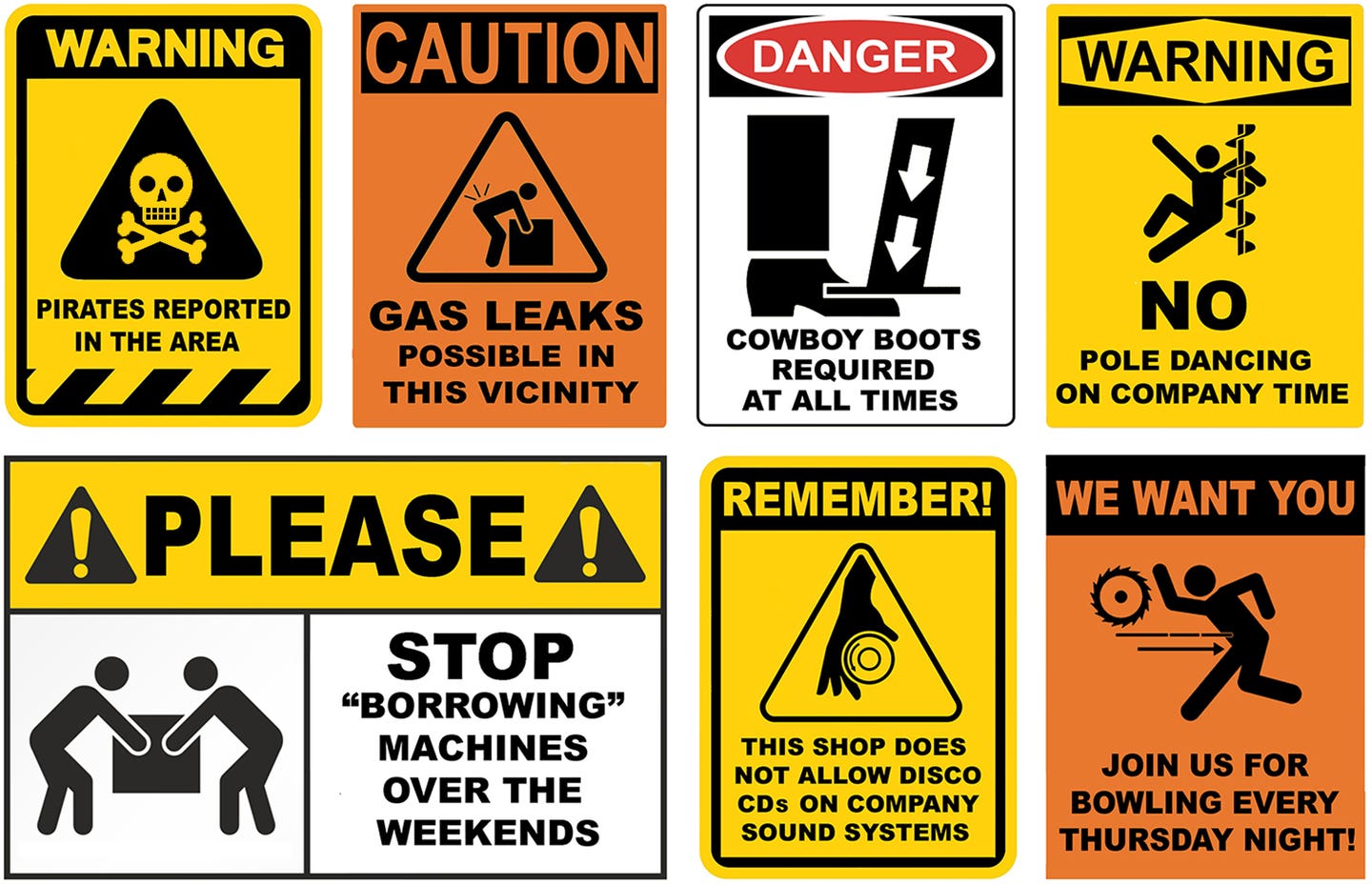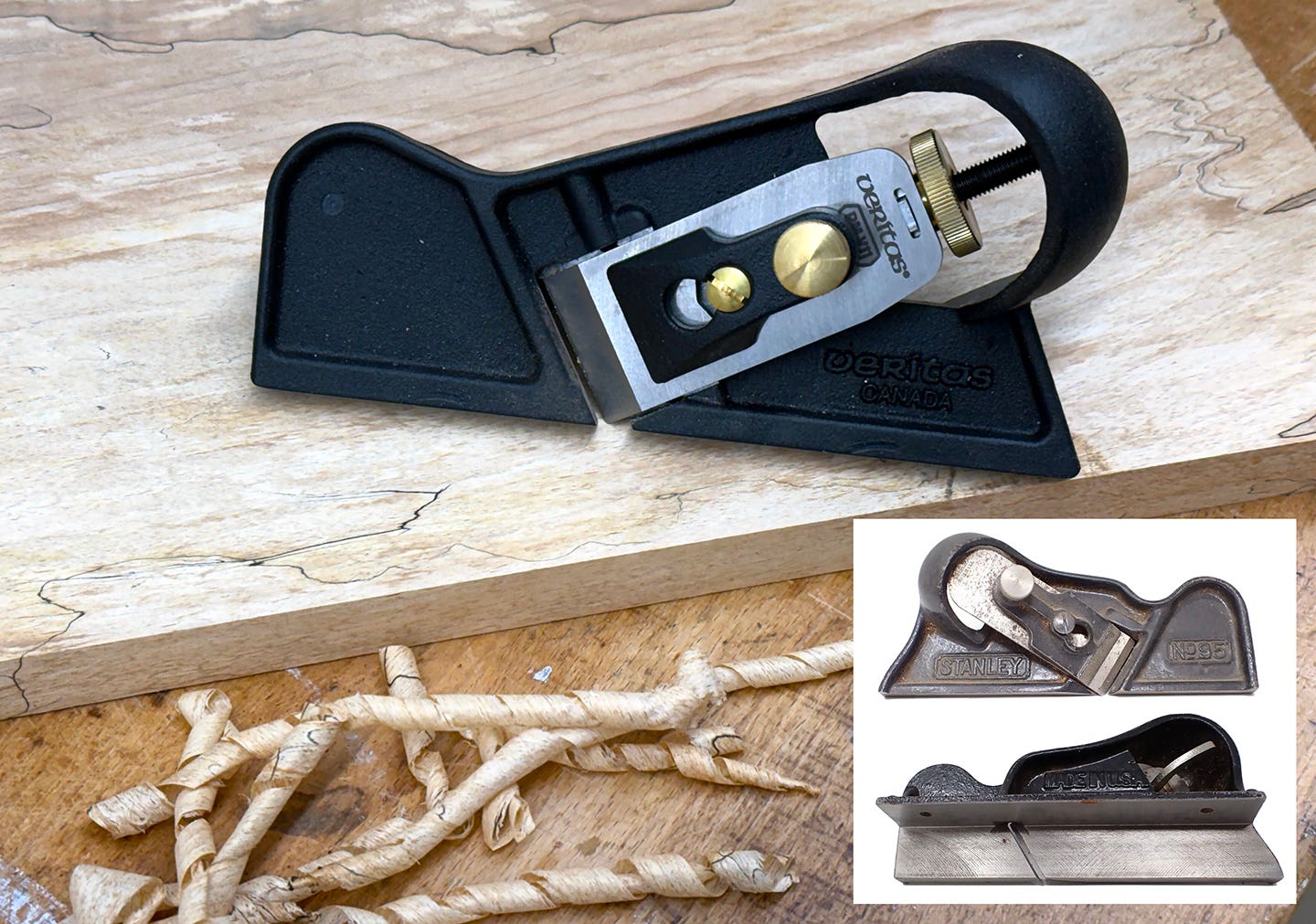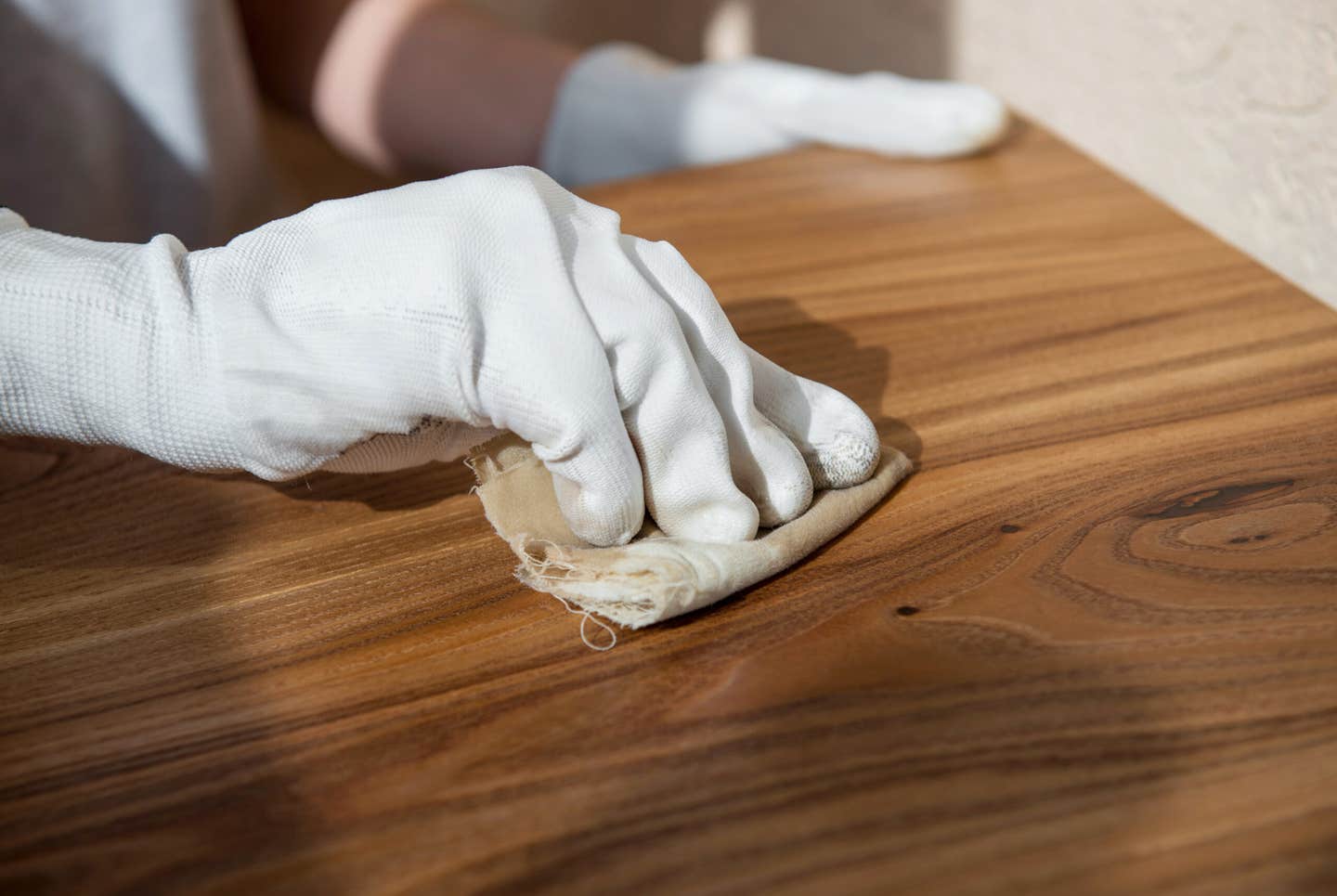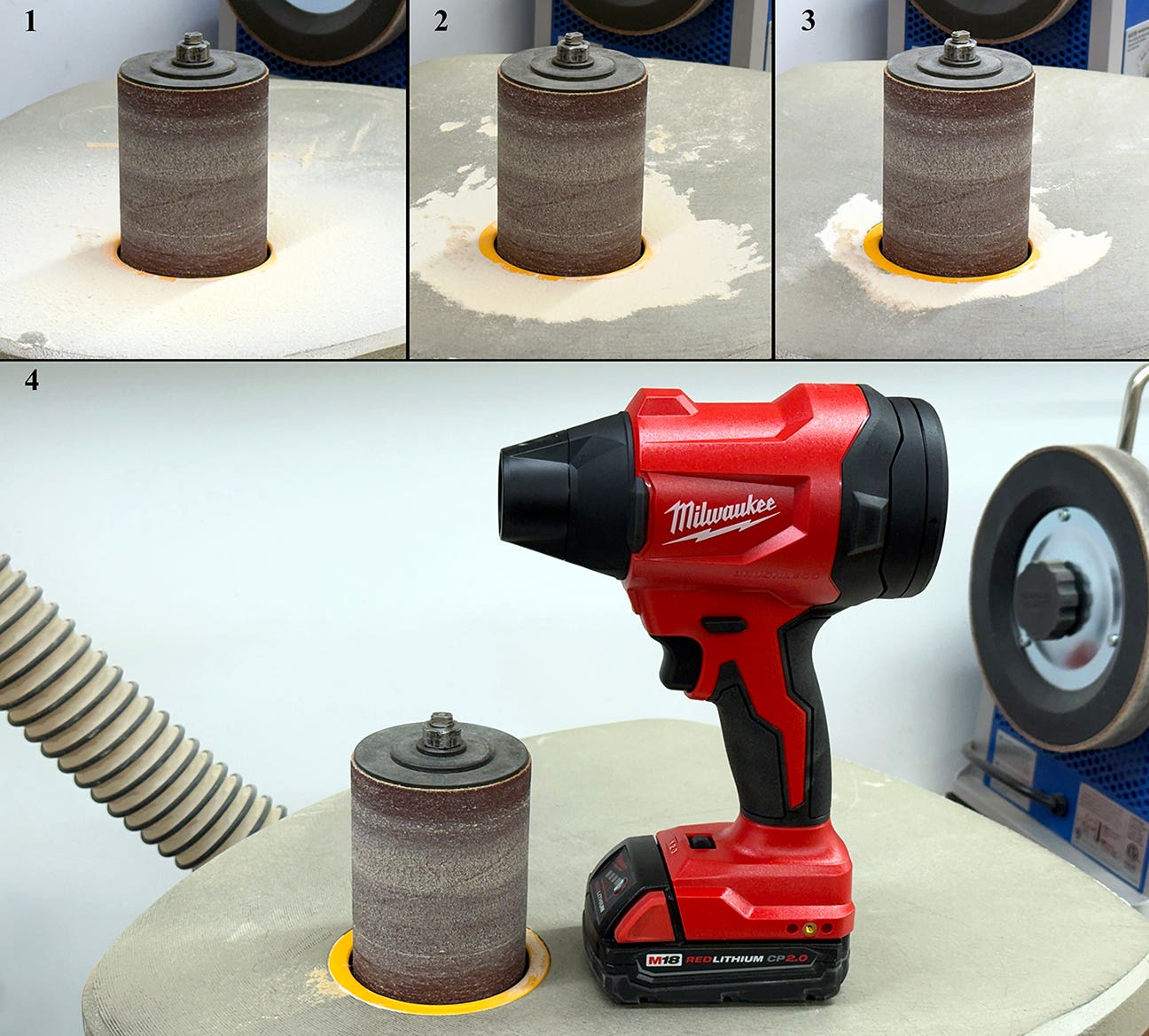OK, it’s time to turn our attention to the next big objection people seem to have about wood. Actually, there are two issues here but they go hand in hand…
OK, it's time to turn our attention to the next big objection people seem to have about wood. Actually, there are two issues here but they go hand in hand to the extent that we can safely address them as one issue. We are talking about variations in the figure and what most people would call "flaws" but which I prefer to call "character marks."
No, I'm not talking about knots or ugly bark or anything gross. I'm talking about the small dark spots that you occasionally see in a maple plank and more frequently in cherry. These "inclusions" are part of the character of the wood as are the infinite variations of figure that result in no two boards looking the same. It is important to communicate to your customers that these qualities are what makes wood so unique and they are not to be considered flaws that would cause rejection of that particular piece of wood.
In some cases, the customer might simply not want (or be able) to accept anything other than "perfect boards." For those customers I have a standard response. To begin with, there are no perfect boards. But for those instances in which the bar is to be set as close to perfection as nature will allow, I have only one word: Up- charge. It is going to make a huge difference in cost to select and/or work around every single mark no matter how small. This kind of selection can mean a two or three hundred percent (or more) increase in materials cost over "standard" FAS grade hardwood. Not to mention the time spent culling out all of the "unusable" wood. I don't really have a problem doing this as long as the customer is willing to pick up the tab.
But what I prefer to do is to try and persuade them to accept these perceived flaws as part of what attracted them to wood in the first place. If they proceed to discount every quality wood possesses as a flaw, they might be better off looking at painted woodwork.
D.D.
David DeCristoforo possesses an extensive resume as designer/maker of fine furniture, high-end cabinetry and architectural woodwork. His experience in professional woodworking spans a period of 35 years. For the past 20 years David DeCristoforo Design has been located in Woodland, California. During this time David's shop has ranged in scope from a "full on" cabinet production shop with as many as 15 employees to a small fine furniture and custom millwork shop, working with his son, David RBJ, a highly skilled maker in his own right.


